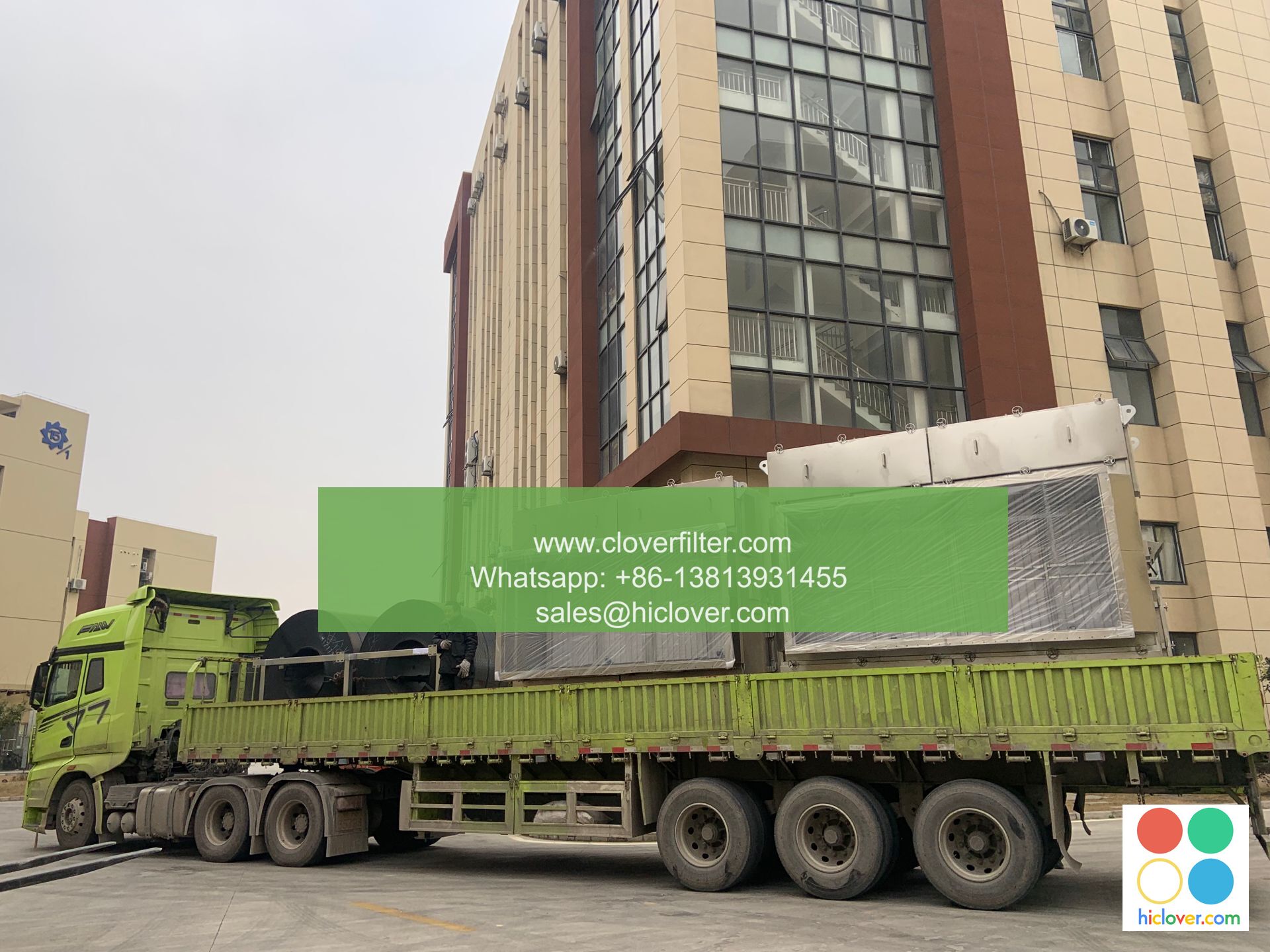How to Interpret Air Filter Testing Results: A Guide

How to Interpret Air Filter Testing Results: A Guide
Introduction
Air filters play a crucial role in maintaining indoor air quality by removing pollutants, allergens, and particles from the air. With so many options available in the market, it can be challenging to choose the right filter for your specific needs. This is where air filter testing results come into play. In this article, we will guide you on how to interpret air filter testing results and make an informed decision for your specific application area.
Understanding the Testing Results
Air filter testing results are typically presented in the form of a test report, which includes various parameters such as:
- Initial Efficiency: Measures the filter’s ability to capture particles and pollutants at the beginning of its lifespan.
- Average Efficiency: Measures the filter’s average performance over its entire lifespan.
- Terminal Efficiency: Measures the filter’s performance at the end of its lifespan.
- Delta-P: Measures the filter’s ability to reduce pressure drop, which is critical in industrial applications.
- Temperature Rating: Measures the filter’s performance at different temperatures.
- Filter Efficiency: The ability to capture particles and pollutants.
- Airflow Resistance: The measure of pressure drop across the filter.
- Filter Life: The length of time the filter can operate effectively.
- Cost: The total cost of ownership, including replacement costs, labor, and energy consumption.
- Compare the initial efficiency of different filters to determine the best option for your needs.
- Evaluate the average efficiency to determine the filter’s performance over its lifespan.
- Compare the terminal efficiency to determine how well the filter will perform when approaching the end of its life.
- Consider the delta-P rating to determine the filter’s ability to reduce pressure drop in industrial applications.
- Check the temperature rating to ensure the filter can operate effectively in extreme temperatures.
- Commercial Buildings: High-efficiency filters are essential for maintaining good indoor air quality, reducing energy consumption, and minimizing maintenance costs.
- Industrial Applications: Filters with high delta-P and high-temperature ratings are necessary for applications with high airflow rates and extreme temperatures.
- Residential Homes: Low-cost, high-efficiency filters are suitable for residential applications, where energy efficiency and minimal maintenance are priorities.
- Healthcare Facilities: High-sensitivity filters are required to remove particles, bacteria, and viruses, ensuring a clean environment for patients and staff.
Key Performance Indicators (KPIs)
When evaluating air filter testing results, consider the following KPIs:
Interpreting the Results
To make sense of the test results, consider the following:
Application Areas
Air filter testing results are crucial in various application areas, including:
Conclusion
Interpreting air filter testing results is a complex process that requires a deep understanding of the different KPIs and application areas. By considering the initial, average, and terminal efficiency, delta-P, and temperature rating, you can make an informed decision when selecting the right air filter for your specific needs. Remember to consider the cost of ownership and the importance of maintaining good indoor air quality in various application areas. By doing so, you can ensure a cleaner, healthier, and more efficient indoor environment for everyone.
I’m happy to help! What would you like to talk about?

